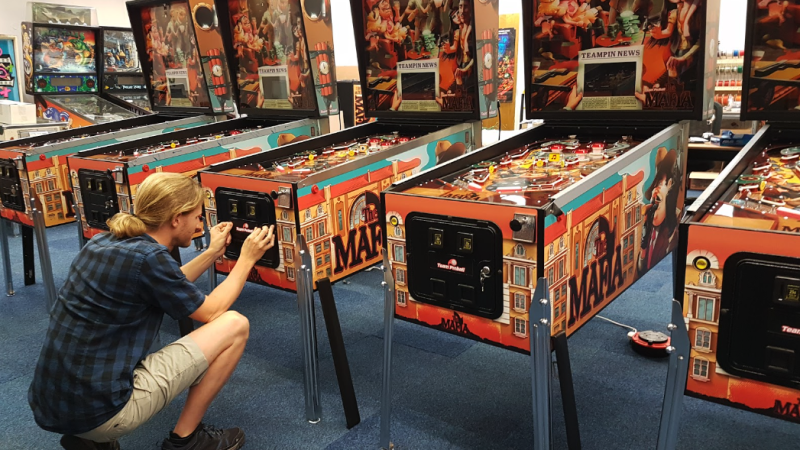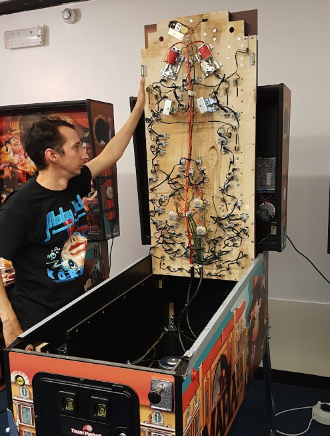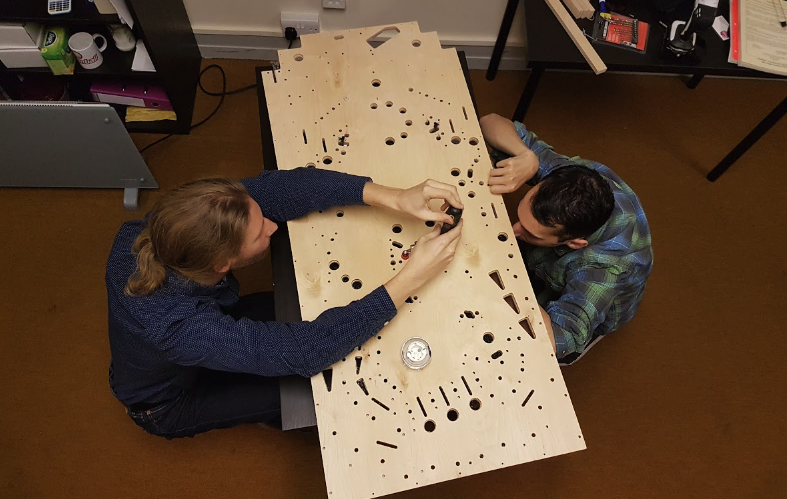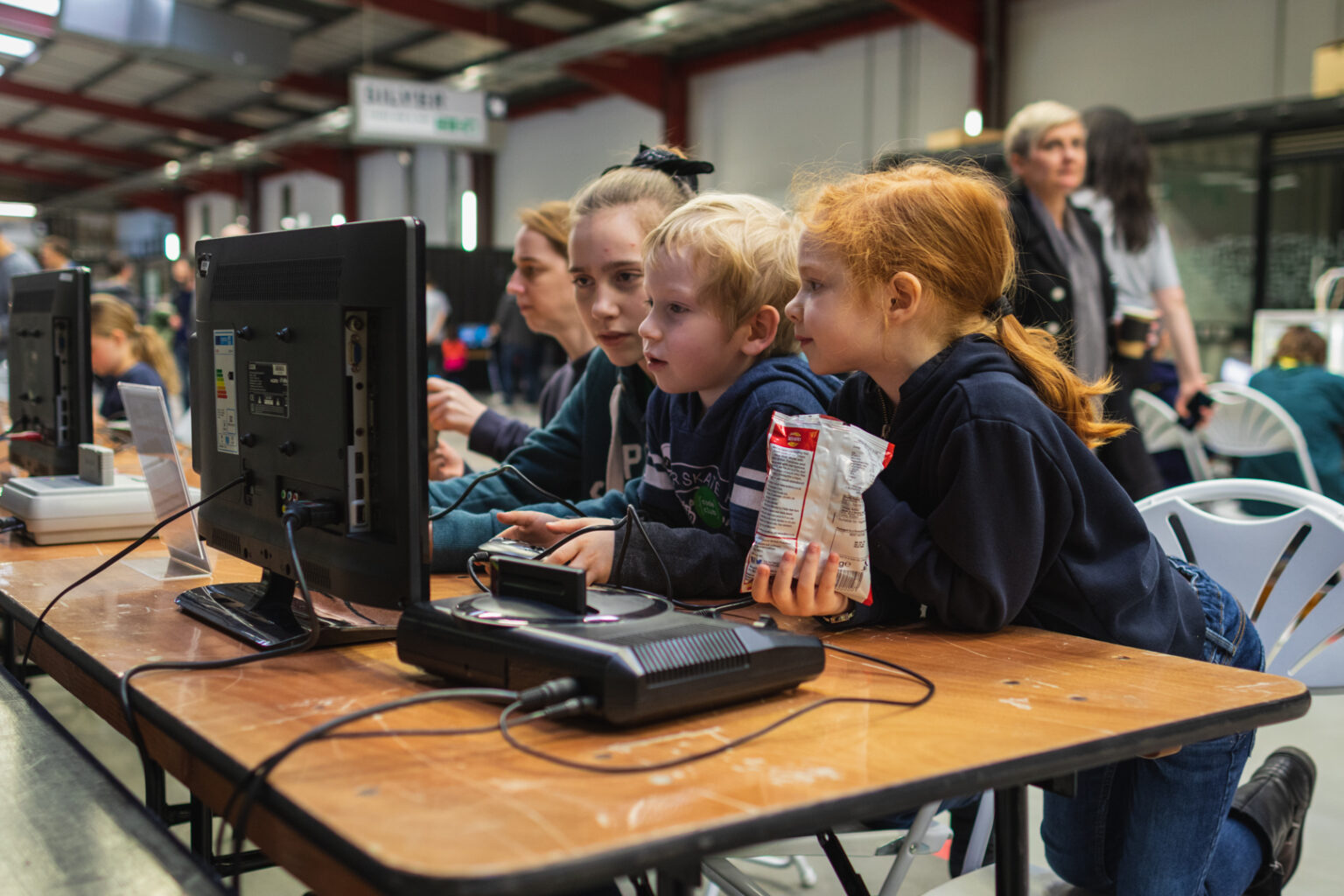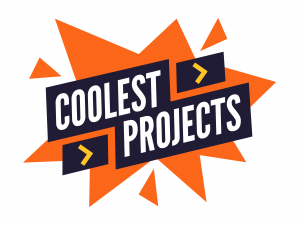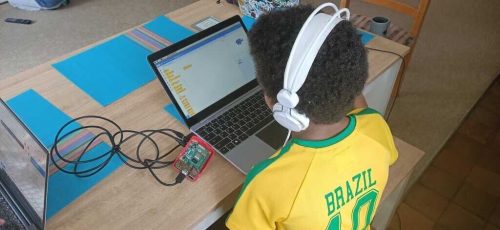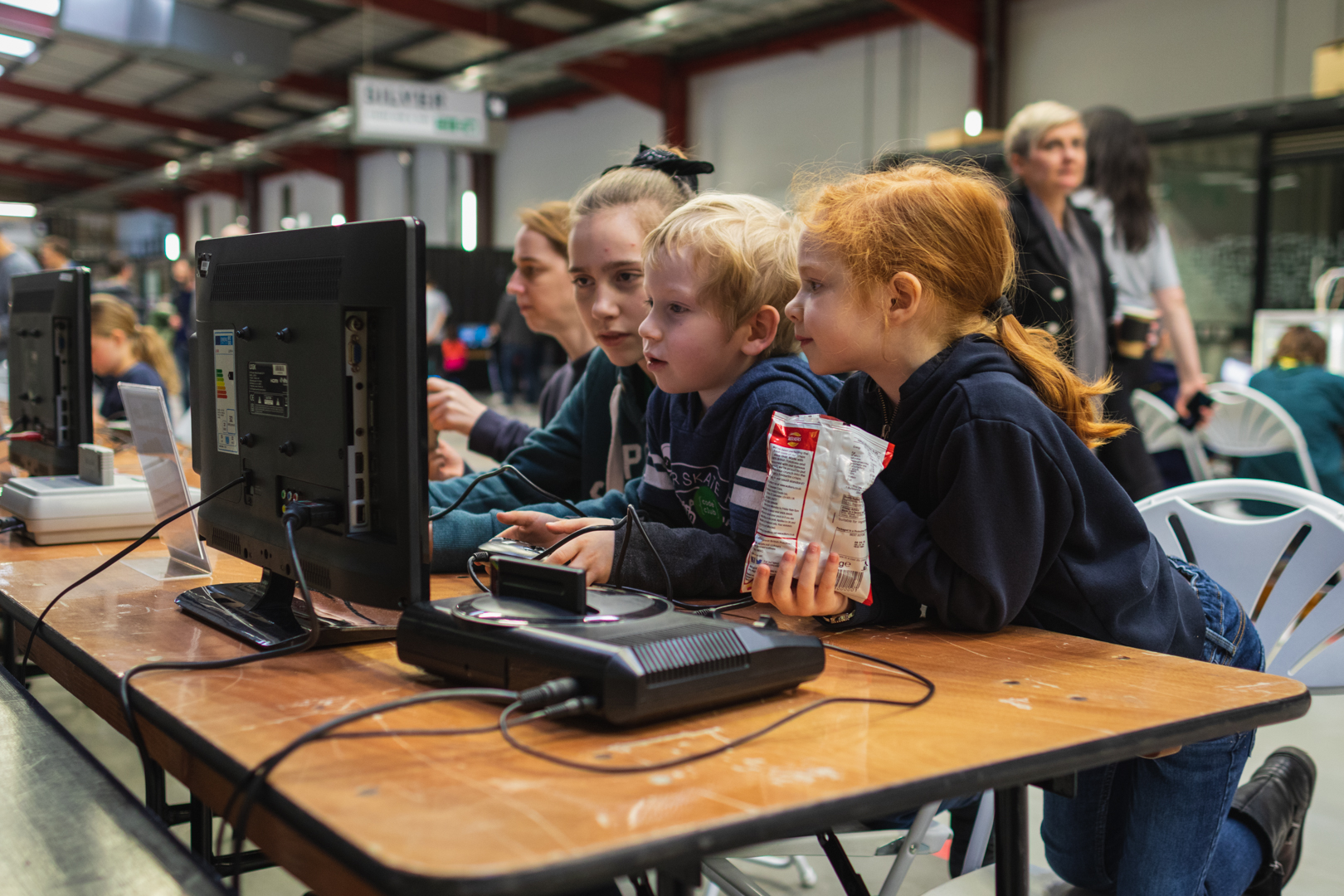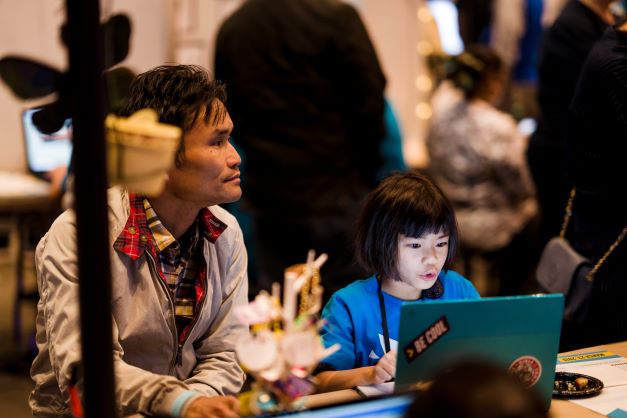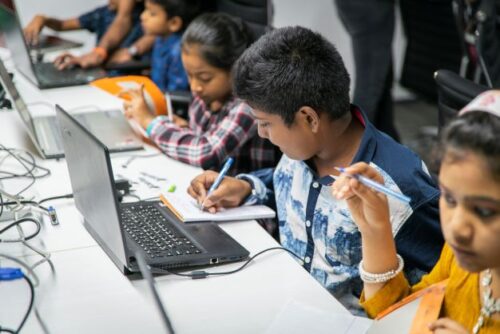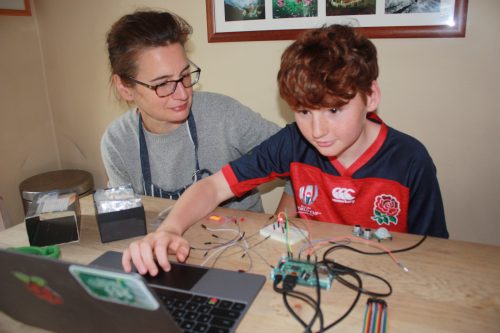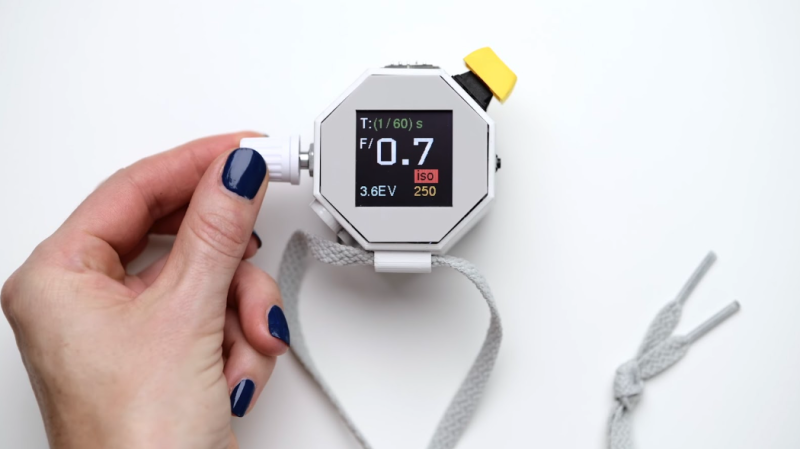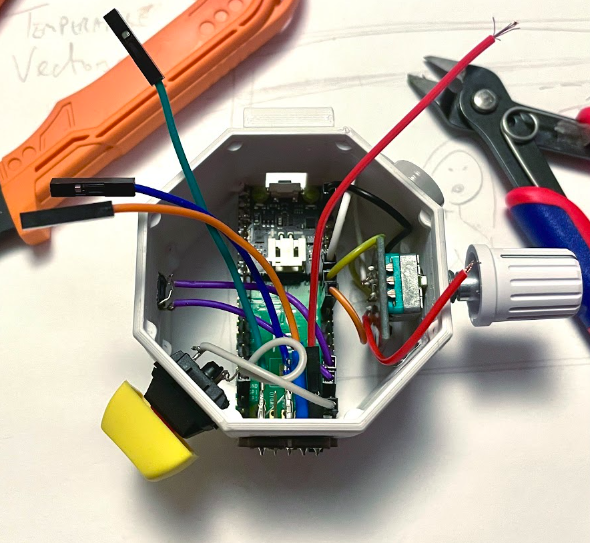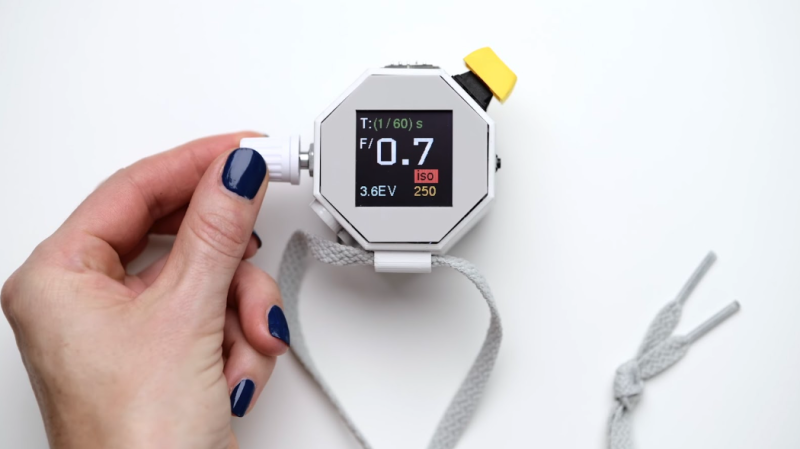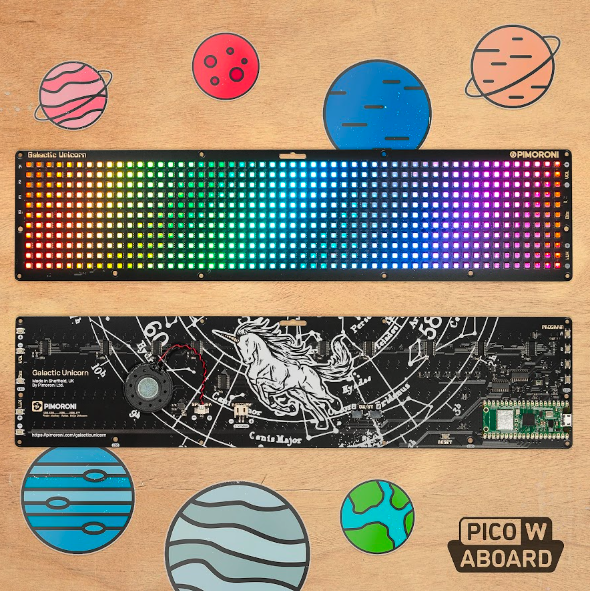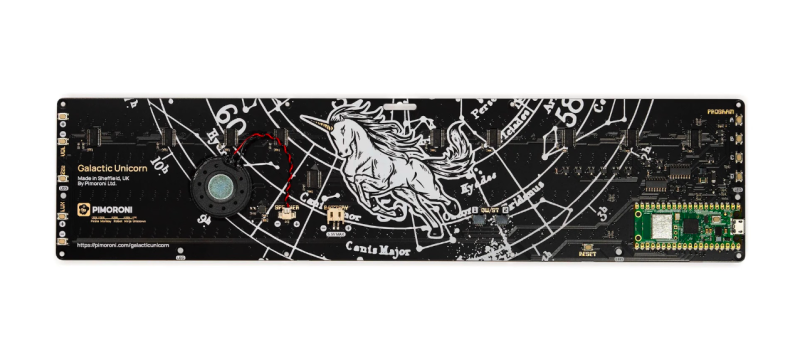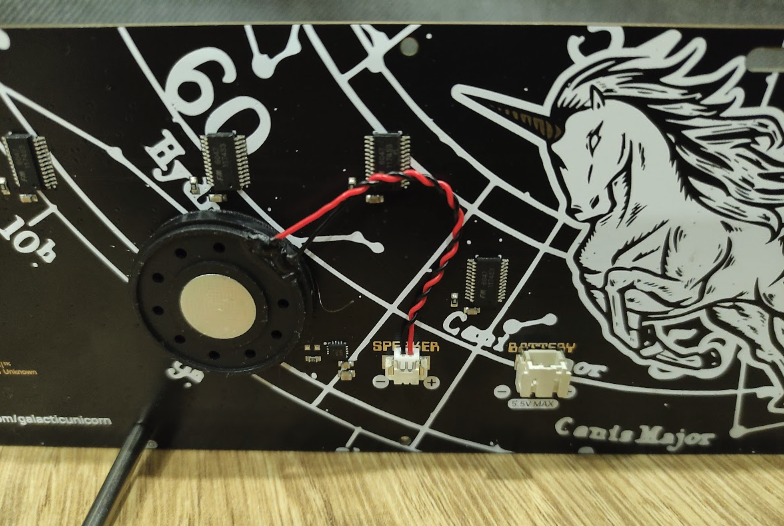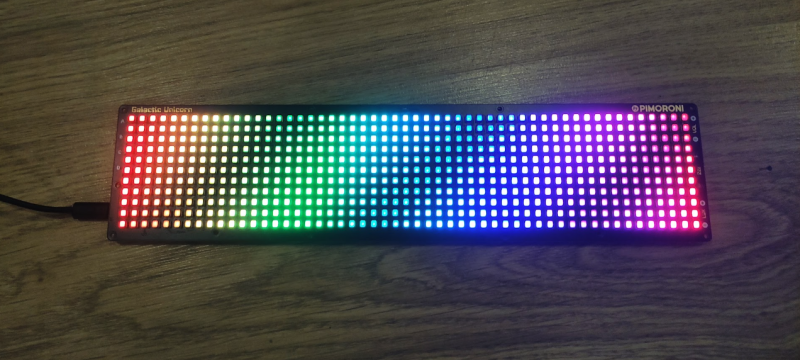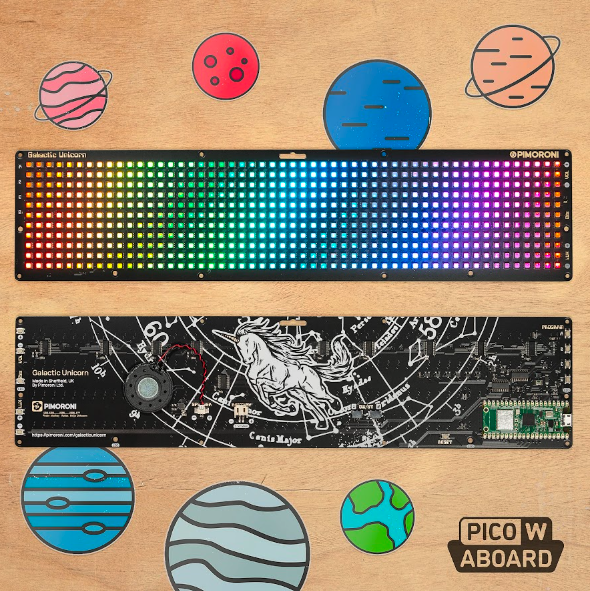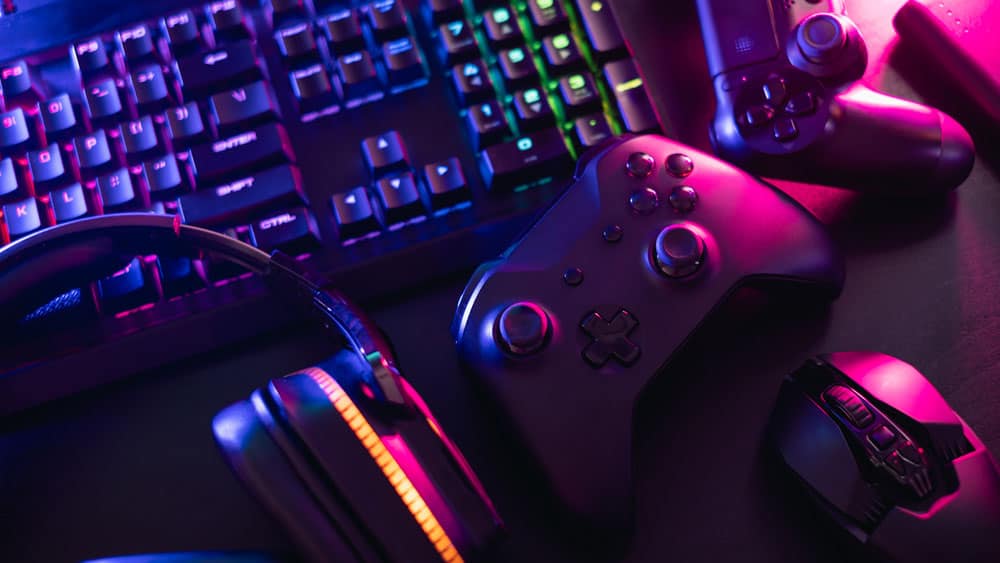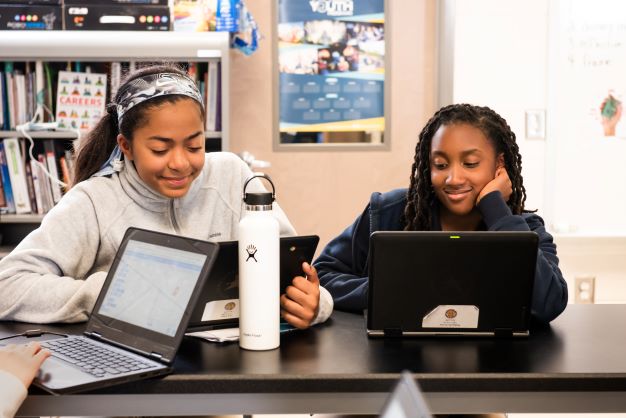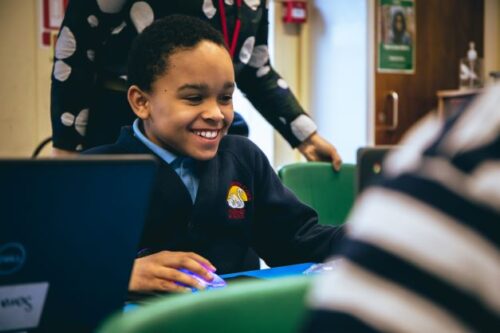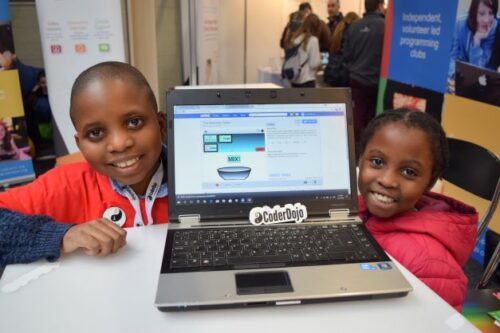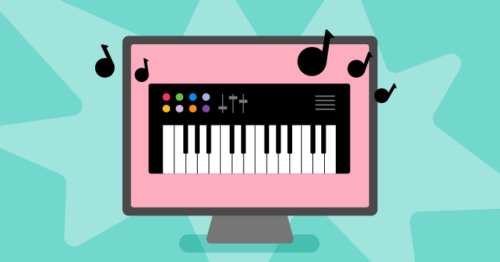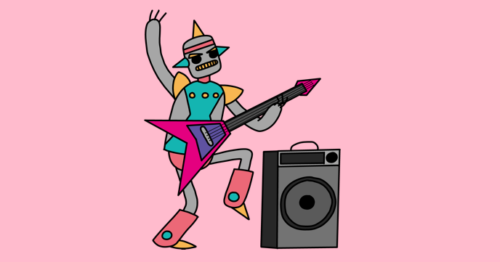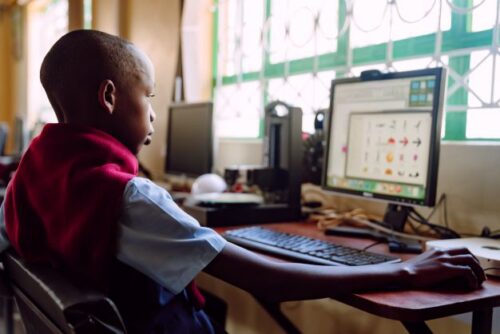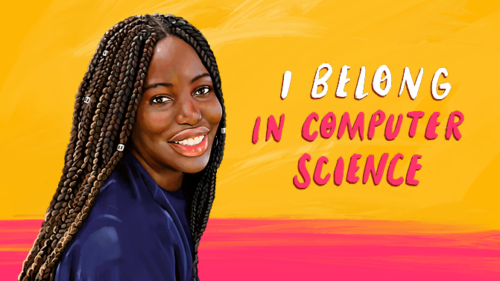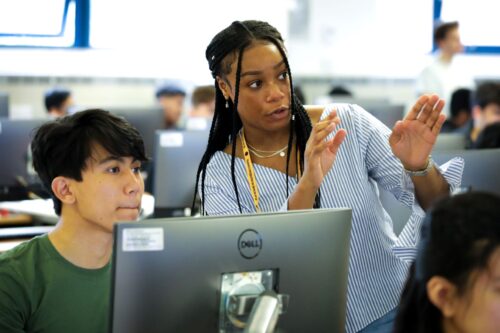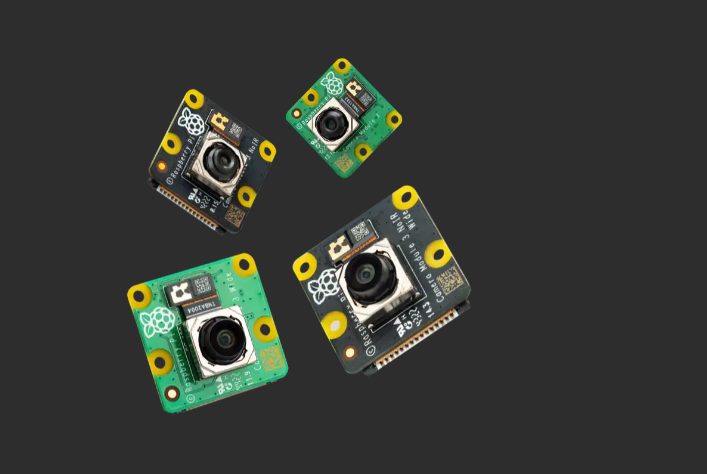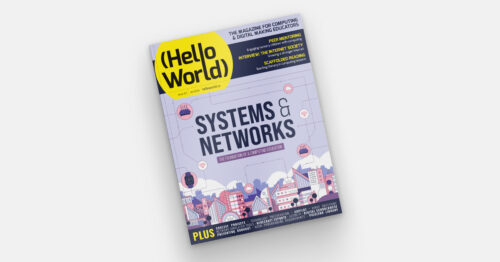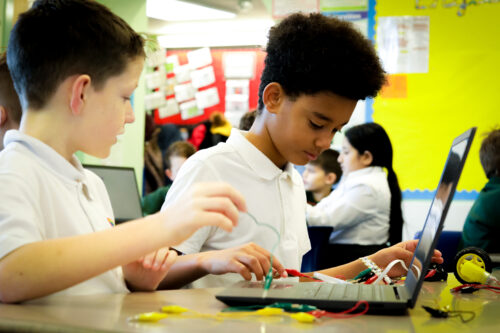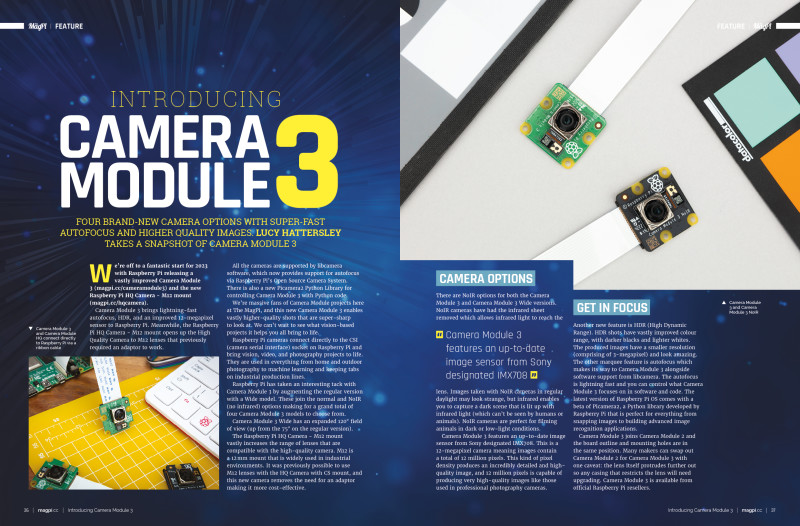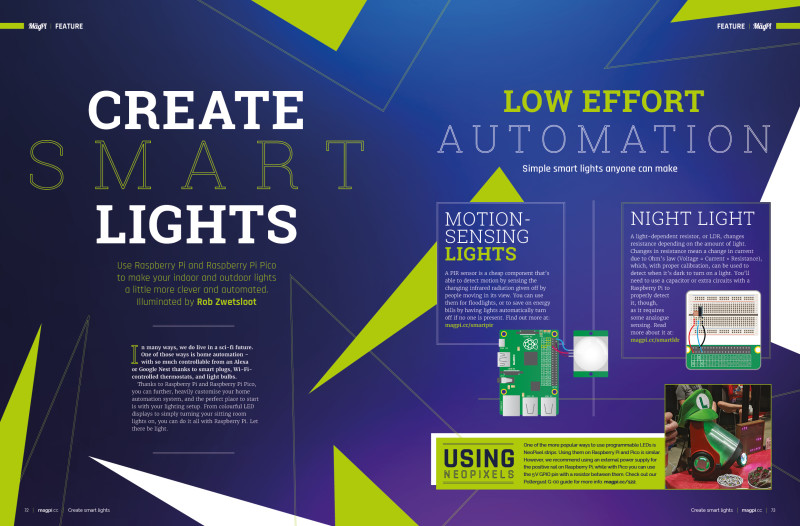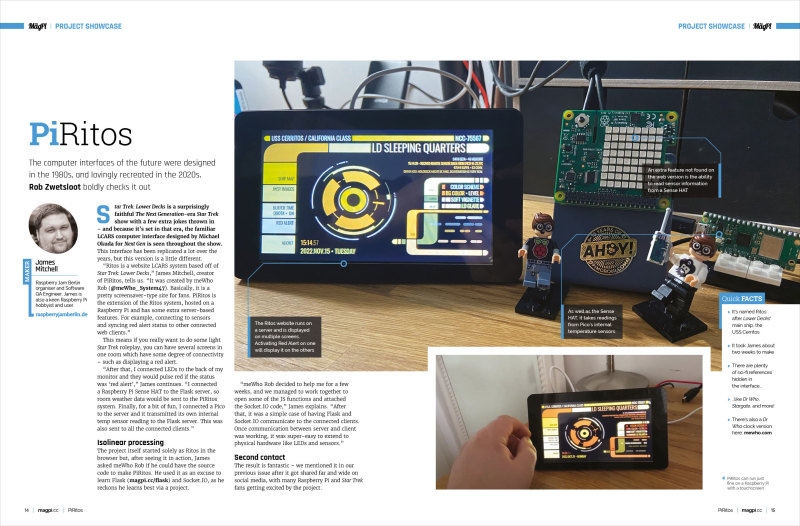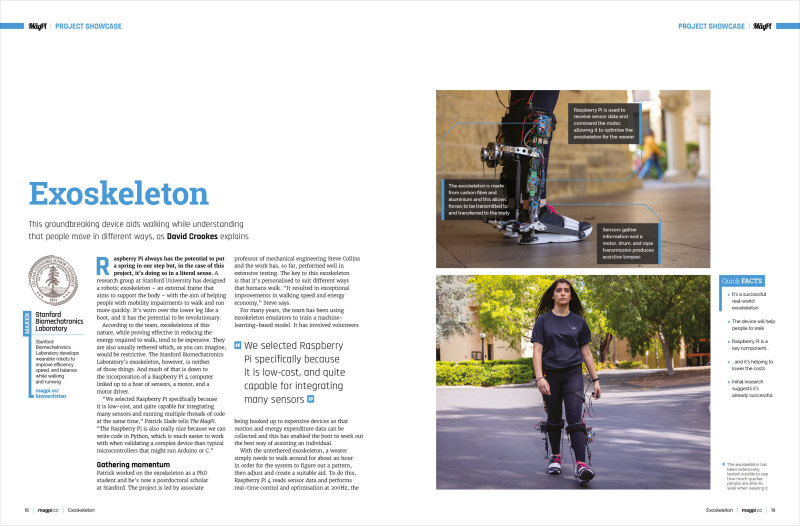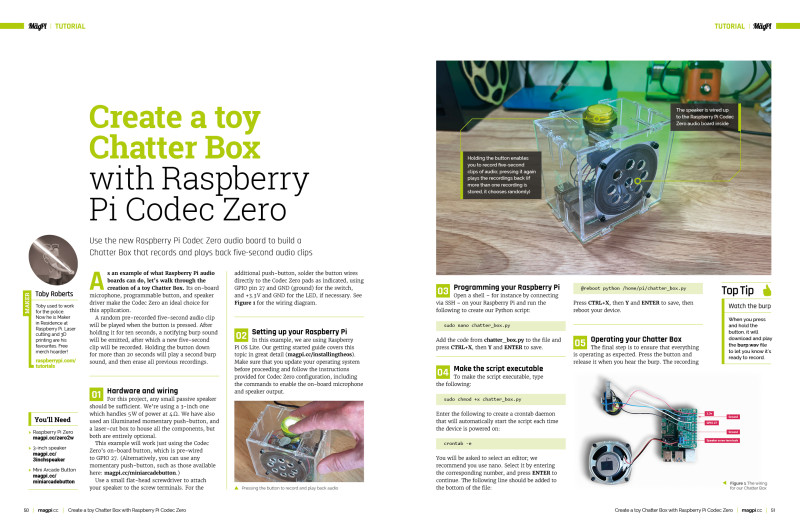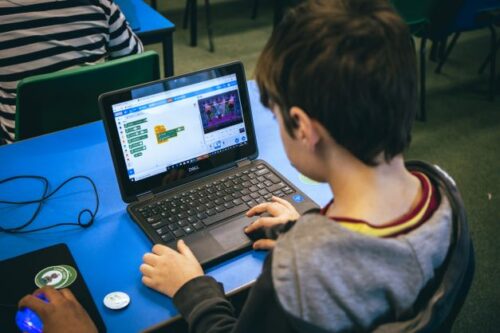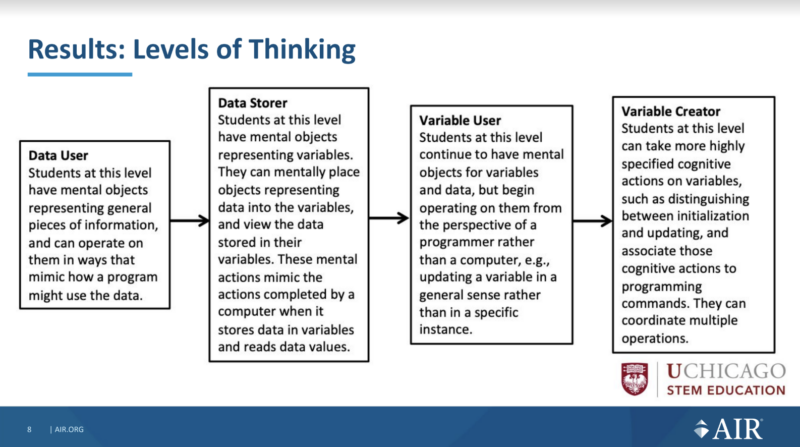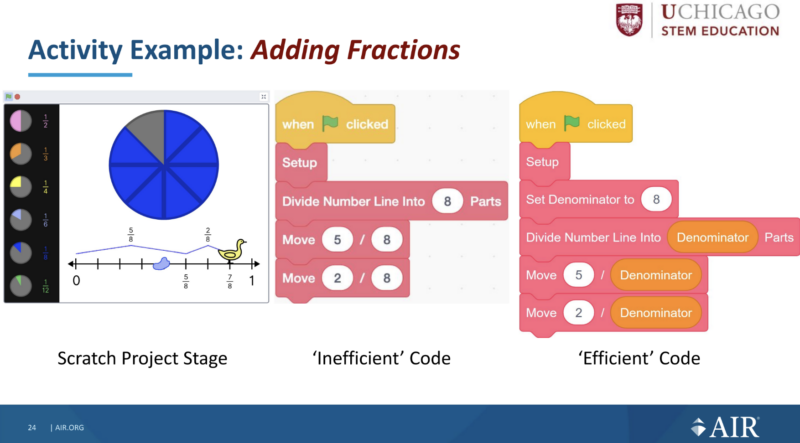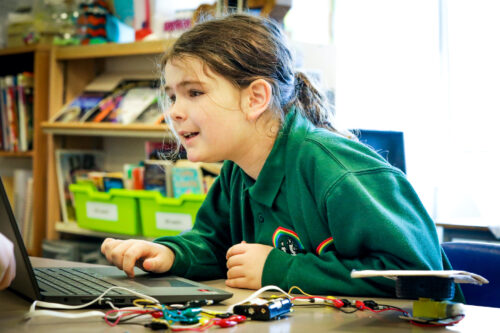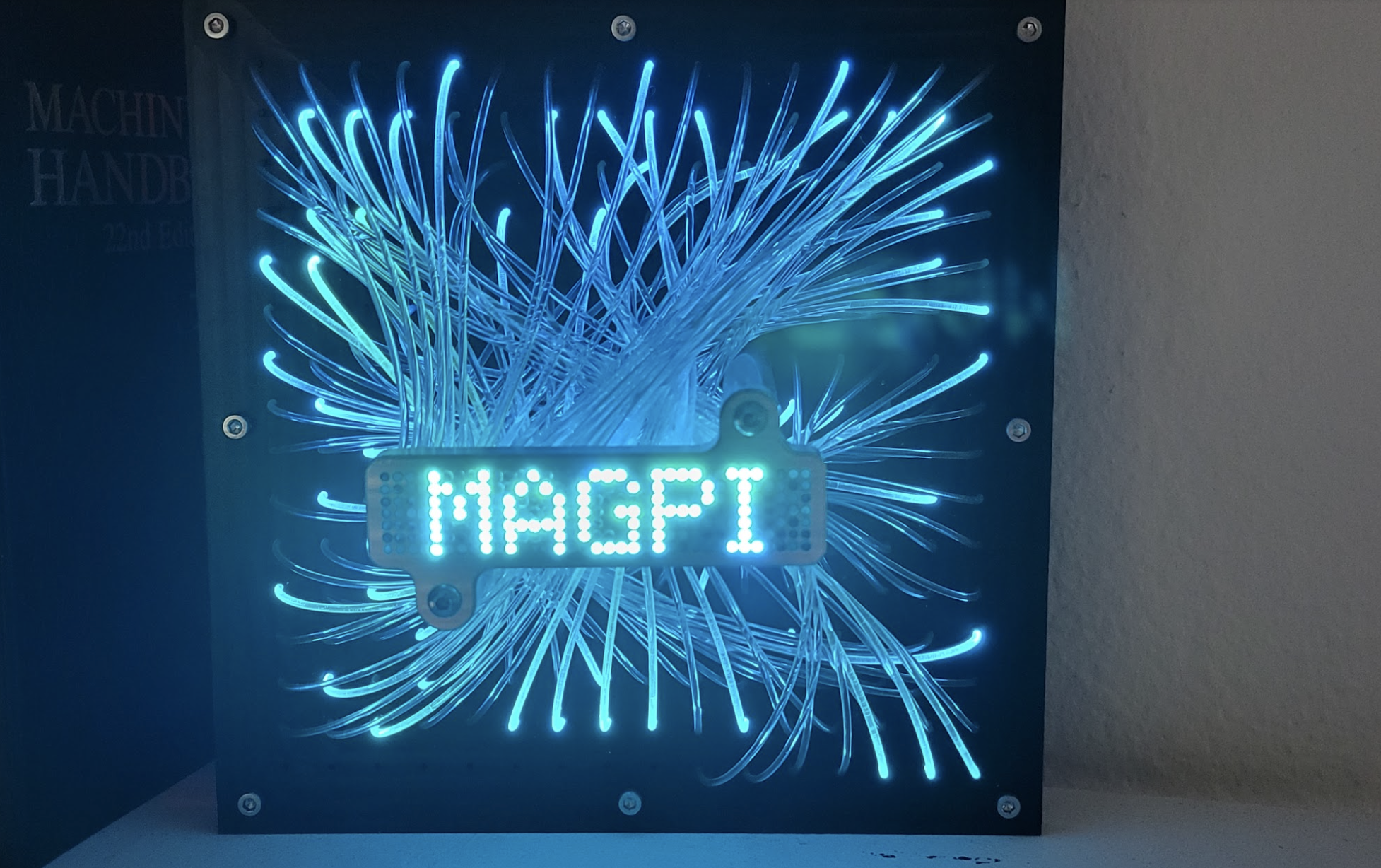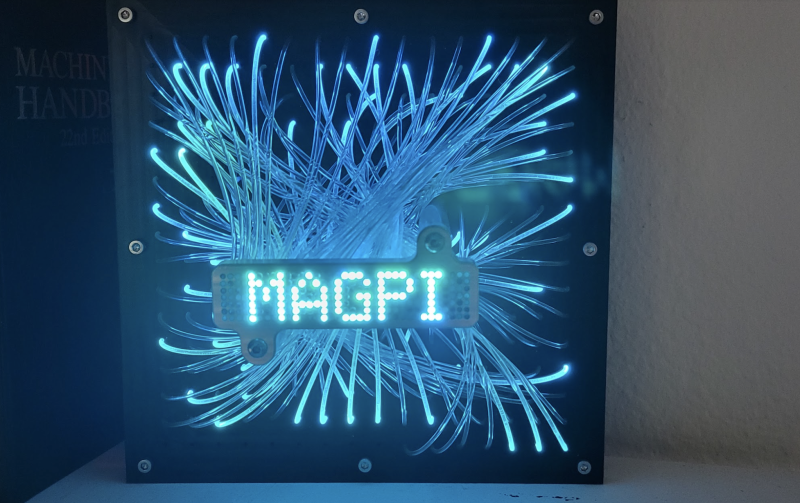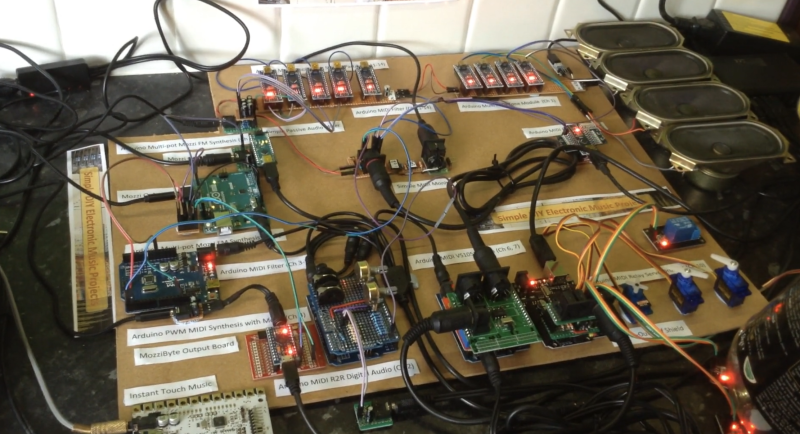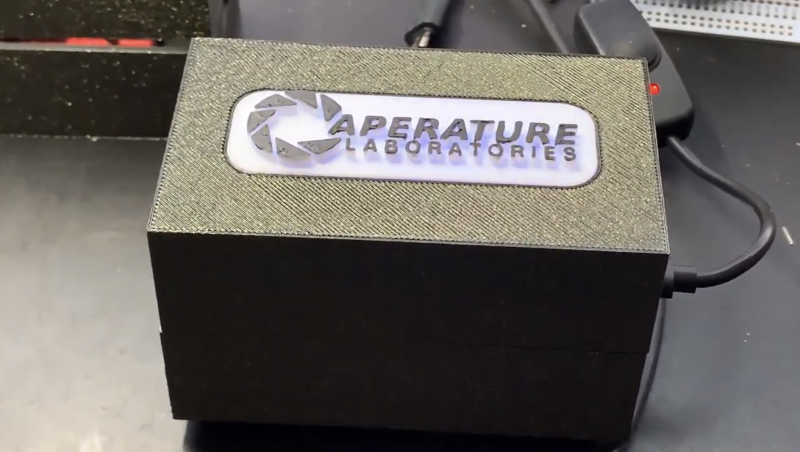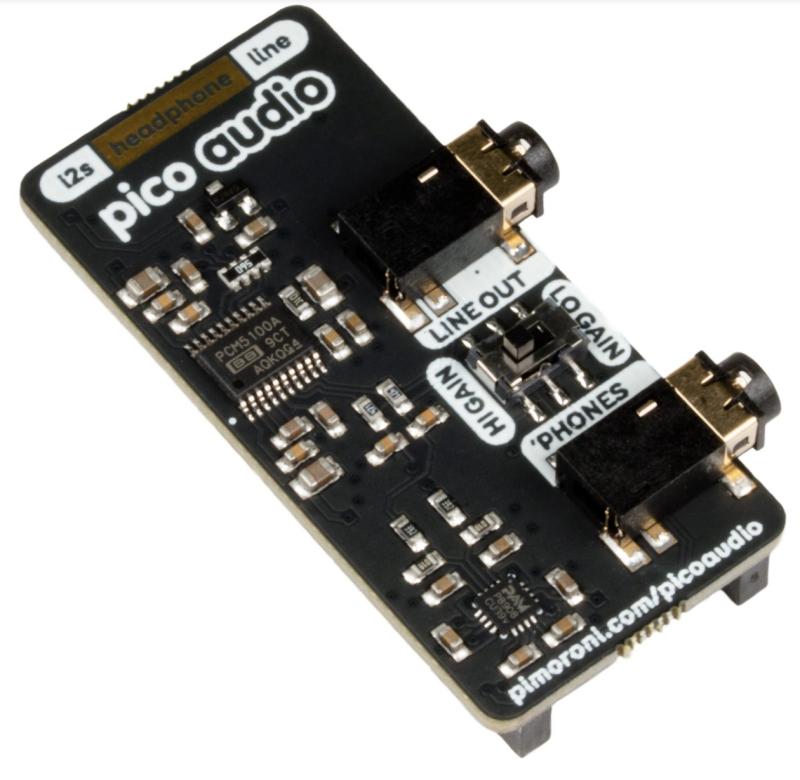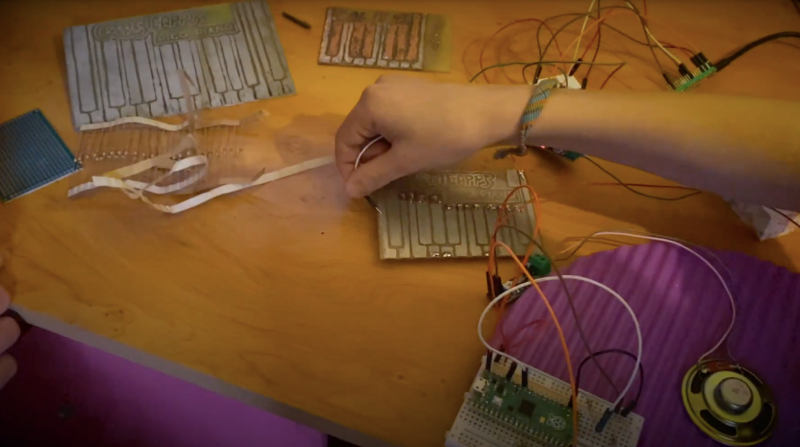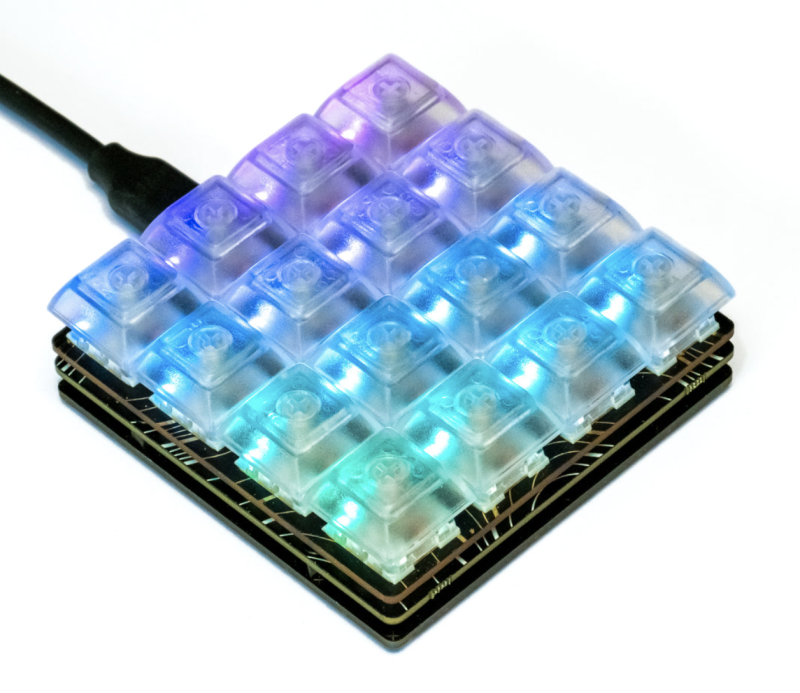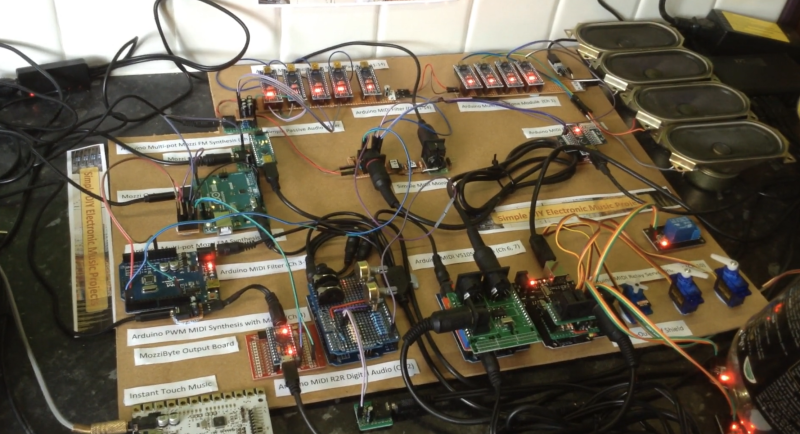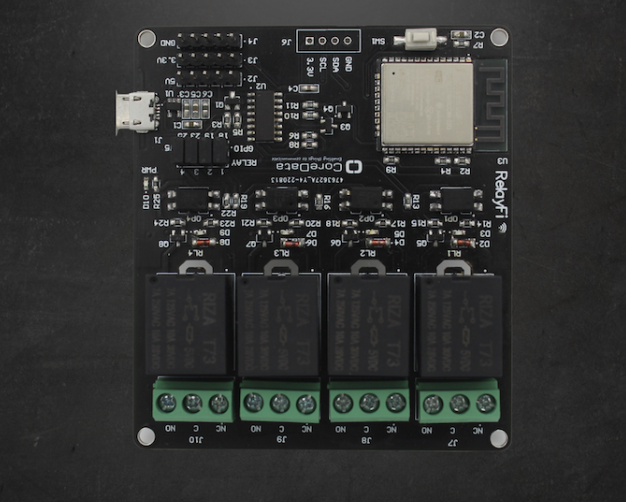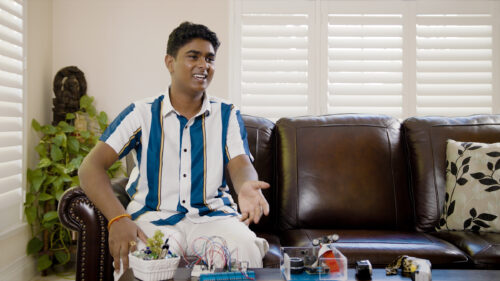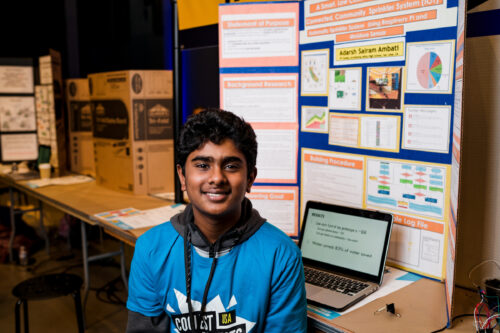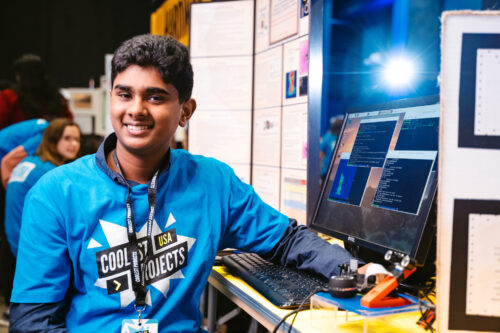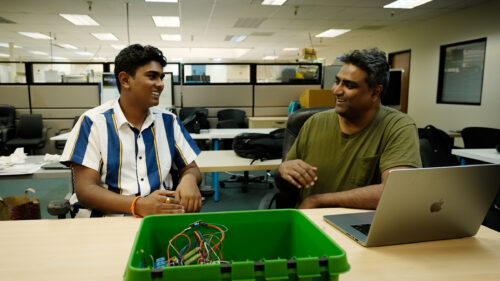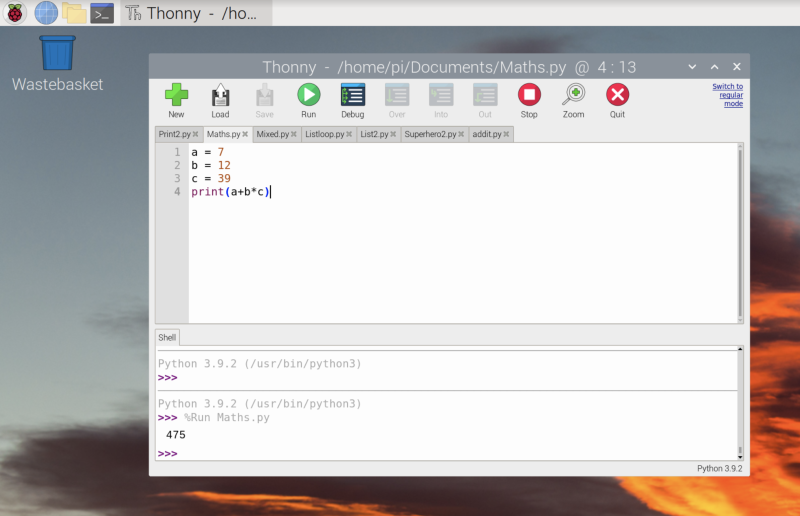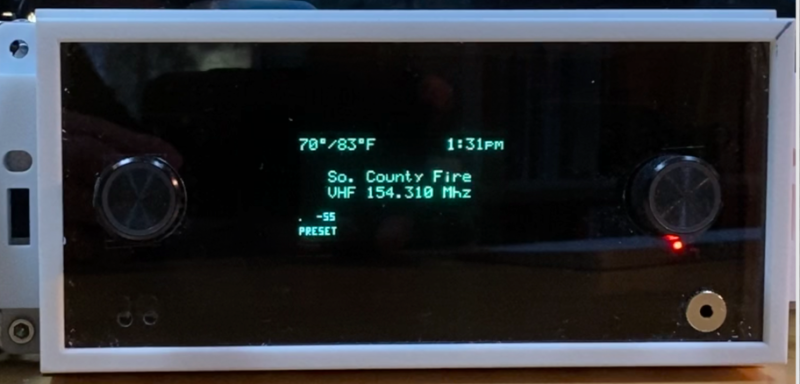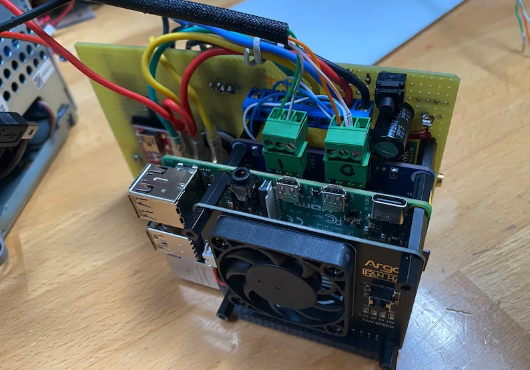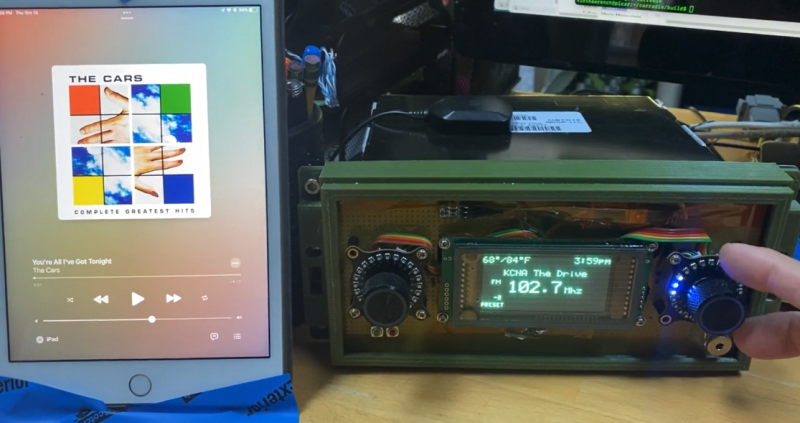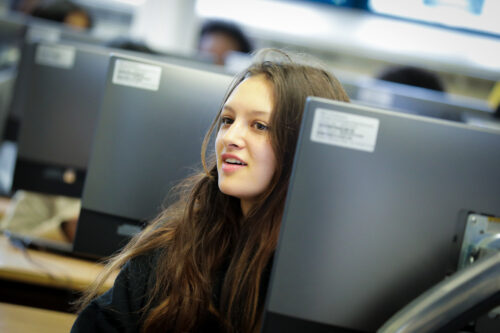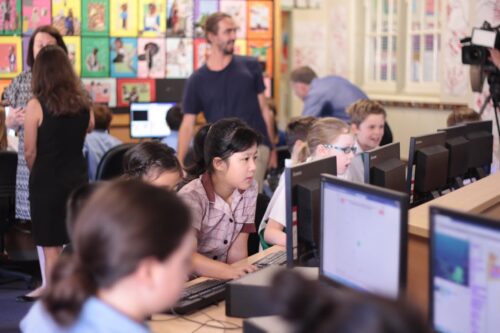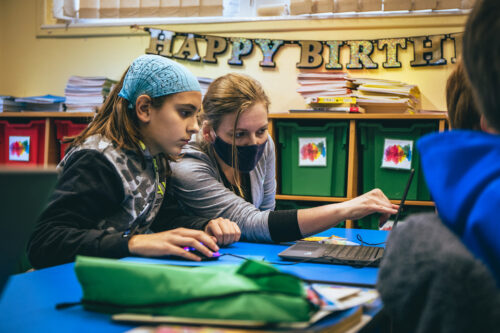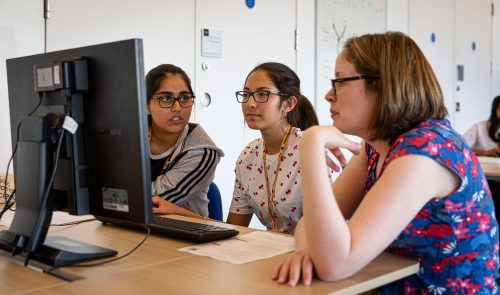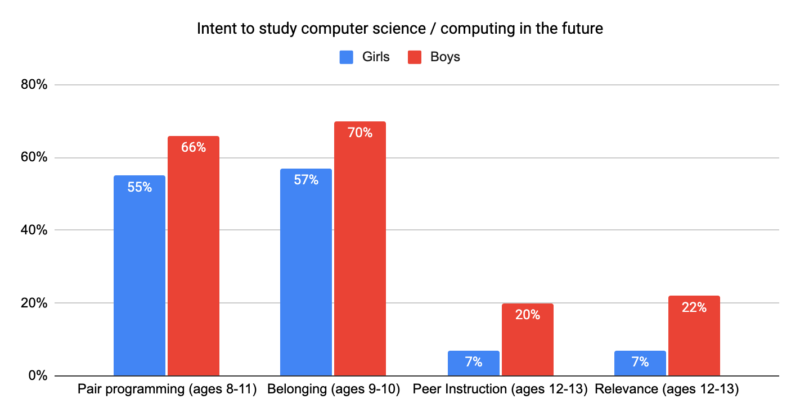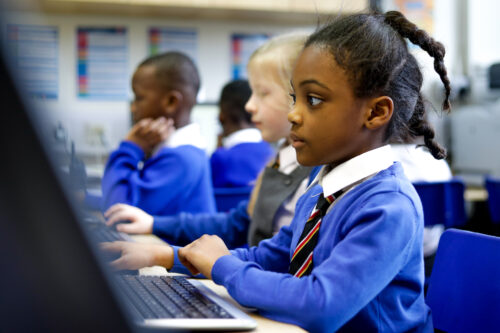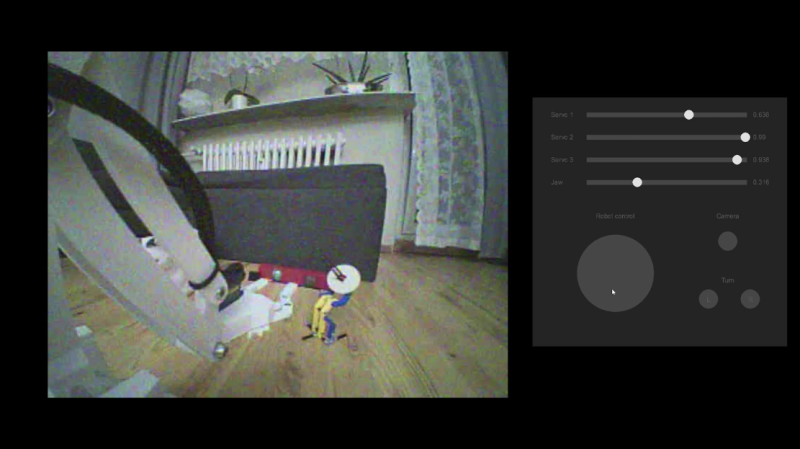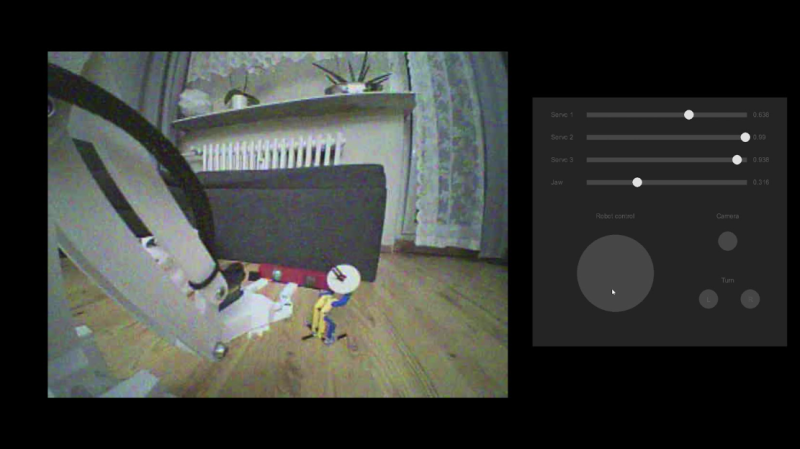Reading Time: 5 minutesWhy are computing systems at the heart of our computing curriculum design? Senior Learning Manager Sway Grantham from the Foundation team explains in her article from the brand-new issue of Hello World, our free magazine for computing educators, out today.
Whether you plan lessons on a Computing topic, develop curriculum content, or even write curriculum policy, you have to make choices. What are you going to include and what is less of a priority? You have to consider time constraints and access to resources, prior learning and maybe even pupil interests. You probably also have to consider the wider curriculum context. Well, here is my first principle to help you: computing systems should be the foundation of your Computing curriculum.
A computing systems epiphany
As a primary teacher, when I first began writing Computing lesson plans for children aged 9 to 10, I started with programming. This was a very visual entry into Computing, and children were excited to create projects that were familiar to them, such as games and animations. However, as my understanding of Computing grew, I realised that something was missing.
My learners could explain what an algorithm is, as well as explaining that a program is ‘a set of instructions that runs on a computer to tell it what to do’. Both of these met the curriculum needs, but I wasn’t convinced that they could link these two concepts together. Could they connect what they were doing on a floor robot to the computing systems around them? Did they understand what a computer was? Well… I asked them to see what they’d say!
According to my class, a computer was:
- A piece of technology
- A keyboard and a screen
- A search engine
- A machine used for work
- A metal brain
- A machine with a keyboard
- An information device
- Electric
This very simple question highlighted a wealth of alternate conceptions about programming and computing systems. The other commonality of my learners’ definitions was that they described the computer’s function, as if, in order to define what a computer is, we just need to know what it does. This view of a definition greatly limits learners’ ability to understand what potential computers have beyond personal use.
My learners had two discrete chunks of knowledge: how to program a floor robot, and that laptops were computers. However, without a bridge to connect them, this learning was disjointed. Learners needed to have a concrete, conceptual understanding of ‘what a computer is’ before they could start to comprehend the more abstract role of a program in that system.
Knowledge of computing systems empowers people to take control of technology and not just consume it.
Beyond the experiences of my young learners, we see examples of a lack of understanding about computing systems all the time in society. Many competent users of software are able to regularly complete the tasks that they need, but if one day something doesn’t work, they do not know how to find a solution. Equally, many people enjoy exploring digital making projects, yet if they want to personalise the project, they don’t know what they can or can’t change to do this. Knowledge of computing systems empowers people to take control of technology and not just consume it.
Planning computing content today
Both of these examples highlight the importance of introducing computing systems as both life skills and as support for developing other areas of computing. More recently, the Raspberry Pi Foundation has been creating 100 hours of curriculum content in partnership with non-profit organisation Amala Education. Through this content we aim to give refugee learners who may never have used technology enough understanding to build a website that encourages social change.
Whilst we know that the material needs to include some foundational knowledge of computing systems, we must first consider the core content that learners must understand to achieve the end goal, such as:
- Webpage creation
- HTML/CSS/JavaScript
- Project management
- Project development
These areas of learning are a great place to start as, undeniably, learners aren’t going to be able to build a website without knowing the process of creating a website, the languages used to create web pages, or the project management skills to see a project from start to finish.
This could be the entirety of the content, but instead, I encourage you to think back to those children who could program but didn’t know on what devices programs could run. We need to connect the core content to that foundational content: how is building a website related to computing systems?
Prior knowledge
All learning is built on prior knowledge, even if that prior knowledge has been gained through life experience and not formal education. To build a website, we need to know how to type and use a mouse. We need to know what a website is, why people use websites, and what sort of media is found on them. Beyond that, we need to know how the files that we are creating are being shared with other people. We need to understand that a computer can communicate with another computer and what the process is to make that happen. None of this learning is the core content of building a website, but if you tried to build a website without understanding these things, it would be difficult to do.
All learning is built on prior knowledge, even if that prior knowledge has been gained through life experience and not formal education.
As the learners we support together with Amala Education might have no prior experience of using technology, we needed to ensure that enough foundational computing systems content was built into the learning sequence — things such as:
- Recognising digital devices
- Decomposing computing systems
- Digital painting (mouse skills)
- Combining text and images (desktop publishing)
- Networks and the internet
- Internet searching
By incorporating this content into the learning sequence, we ensure that learners do not just learn a process for creating a website. They understand the impact of the choices they make when building a website, they have the skills to implement their ideas, and they can connect their understanding to solve any unexpected challenges they find along the way. This more holistic approach should support learners’ knowledge transfer and offer them a much broader range of opportunities.
This more holistic approach should support learners’ knowledge transfer and offer them a much broader range of opportunities.
Whatever your curriculum requires, you will have the core content you need to teach. This could be the requirements of your standardised curriculum, it could be the specific project you’re trying to build, or it could be the aspirations that you have for your students. However, rather than stopping at that part of your learning sequence, take a step back and consider the prior knowledge you’re connecting to. I expect you will find that computing systems is what you need to ensure learners’ new knowledge has a solid foundation.
Read the new Hello World issue today
Computing systems and networks is one of those computer science topics in which misconceptions abound. Hello World issue 20 focuses on how you can support your learners to grasp even the tricky ideas within this topic, giving you practical ideas, activities, and insights from practicing educators. Download your free PDF copy now, and subscribe to never miss an issue.
Website: LINK
